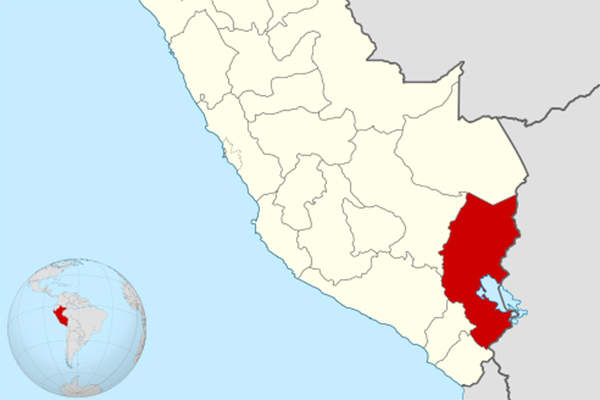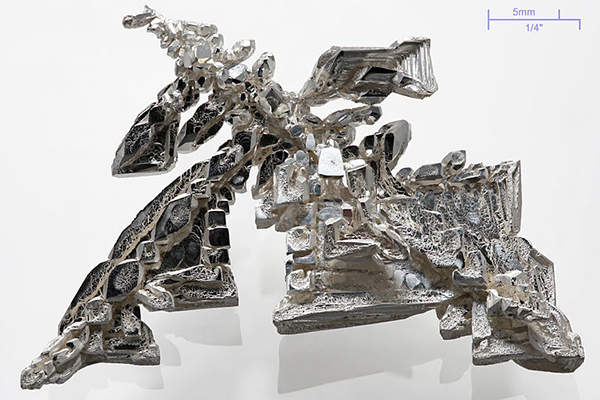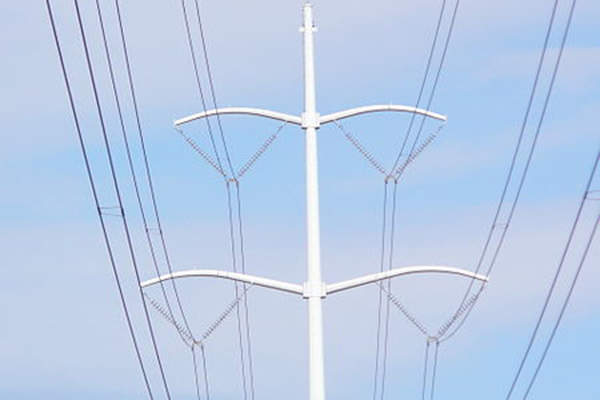The Corani silver-lead-zinc deposit in Puno, Peru, is fully owned by Bear Creek Mining. The property is being developed into an open pit that will produce lead-silver and zinc-silver concentrates using conventional lead-zinc flotation.
An environmental and social impact assessment (ESIA) for the project was approved by the Peruvian Government in September 2013. The results of an updated feasibility study were announced in June 2015 and the Ministry of Energy and Mines approved the revised ESIA in 2016.
A new technical report was submitted by Sedgman in October 2017 while the Peruvian Ministry of Energy and Mines approved the construction of the Corani processing plant in May 2018.
Once operational in 2021, the mine is expected to produce an annual average of 16.3 million ounces (Moz) of silver for the first three years and 9.6Moz a year over its mine life of 18 years.
Corani mine location, geology and mineralisation
The deposit is located approximately 160km to the south-east of the city of Cusco. It is spread across the districts of Corani, Macusani and Nuñoa provinces of Carabaya and Melgar, in an area of 5,180ha.
Regional geology at Corani is characterised by volcanic flows overlying a thick sequence of sedimentary basement rocks. The region is affected by Pleistocene glaciations, resulting in the formation of U-shaped valleys and arêtes.
The mine consists of low sulphidation epithermal silver, lead and zinc mineralisation within stockworks, veins and breccias. The mineralised area comprises freibergite, galena, sphalerite, pyrite, marcasite, silver sulphosalts, boulangerite, acanthite and minor native silver.
The ore body is split into three principal metallurgical types. The first type is a mixed sulphide group composed of relatively coarse to very fine sulphide mineralisation.
The second type comprises a transitional mineralisation where the sulphide minerals have been partly oxidised while the third zone is an oxide zone.
Corani silver-lead-zinc deposit reserves
The mine contains approximately 37Mt of proven and probable reserves graded at 53g/t silver, 0.34% lead and 0.58% zinc.
The mine is estimated to contain proven and probable reserves of 139.1Mt graded at 50.3g/t Ag, 0.9% Pb, and 0.59% Zn. The contained silver, lead and zinc are estimated to be 225Moz, 2,746Mlbs and 1,809Mlbs respectively.
Mining and processing of ore at Corani
The Corani open pit mine is being developed using conventional drilling and blasting. The mining plan includes the delivery of approximately 7.88Mt of ore a year (22,500t a day) to the crushing unit.
Ore will be crushed in a primary crusher located adjacent to the open pit. The crushed material will be conveyed to a semi-autogenous grinding (SAG) and ball milling circuit where it will be grounded to 80% finer than 106 microns.
The ground material will be processed in a flotation circuit comprising lead and zinc flotation. The majority of the silver will be recovered in the lead flotation circuit while some silver will be collected in the zinc flotation circuit.
Lead sulphide will be recovered in a one-pass rougher flotation bank, producing a concentrate that will be upgraded to smelter specifications in three stages of cleaning.
Tailings from the lead flotation section will then be conditioned for zinc sulphide flotation. The zinc flotation process will also include a rougher bank and three stages of cleaning, resulting in smelter-grade zinc concentrates.
Concentrator tailings will be dry-stacked, and the filtered tailings will be mixed with waste rock and stacked in lifts within the waste rock disposal sites.
Lead and zinc concentrates will be thickened, filtered and stockpiled separately before trucking to the Port of Matarani for shipment of smelters.
Infrastructure facilities at Corani silver-lead-zinc deposit
The silver-lead-zinc deposit will be accessed through a new 63km-long road, which will be connected to the Interoceanic Highway that further connects to the Port of Matarani.
A truck workshop will be built at the site for the preventive maintenance of heavy and light vehicles. The site also includes a hospital for primary medical care of the project personnel.
Surface water and groundwater will be supplied from contact and non-contact ponds to meet the water needs of the Corani project.
Power for the project is sourced from the National Interconnected Electric System (SEIN)’s San Gabán II hydroelectric power station using a 138kV power transmission line.
Key players involved with the Corani Mine development
M3 Engineering & Technology Corporation (M3) and Tucson prepared the 2015 feasibility study report for the project, with support from Denver-based Global Resource Engineering (GRE).
The capital and operating cost estimates were prepared by Graña y Montero (GMI).
Anddes Asociados (Anddes) was involved in the design of the 44km-long main access road for the project.
Ausenco Engineering was preferred as the engineering contractor for the mine.






